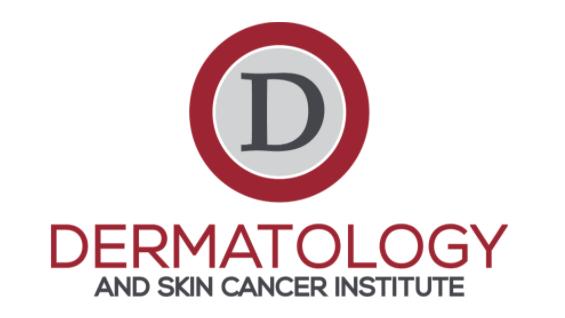Everything you need to know about Shingles

Shingles, also known as herpes zoster, is a localized rash that usually consists of groups of blisters found on a patch of reddened skin. It can be painful and the sensation of pain or discomfort can precede the formation of the rash on the skin by a time period of hours to days. This virus is not the same virus that causes cold sores or genital herpes (that’s herpes simplex) but because of the similarity of names it can often be confusing to people. This skin condition is actually caused by the virus that causes chickenpox which is known as varicella zoster. This virus first causes the person to have chickenpox and then remains with that person in a dormant state – meaning it basically goes to sleep and hangs out in the nerve cells of the spine for years until it is woken up and travels down the sensory nerves to the skin where it then becomes herpes zoster (shingles). This rash is unique in that it usually only affects the nerves on one or two adjacent sensory nerves and will only be on one side of the body, not both. There is also a sharp cut off at the anterior (front) and posterior (back) midlines. Areas commonly affected are the chest, neck, forehead, and lower back but it can in fact come out in any area of the body.
The initial symptom of pain can range from mild to severe and can be in just one spot or more spread out. Some may have no pain at all. You can also feel generally unwell and possibly have a fever or headache and notice swelling and/or tenderness of the neighboring lymph nodes. The next phase is often noticing a cluster of red bumps surrounded by redness of the surrounding skin that erupt in the region that was painful followed by them changing to blisters that appear to be filled with fluid or pus. The last phase is the crusting over of the blisters and gradual healing of the affected areas and the return of normal intact skin. The total time for this to play out can take up to 4 weeks in adults and up to 3 weeks in children.
Millions of people get shingles every year. If you have ever had chickenpox – or the chickenpox vaccine – you have the potential to develop shingles later on in life. The Center for Disease Control and Prevention (CDC) states that of those born in the US before 1980, more than 99% have had it. Some may not remember having it depending on the age they developed it and some may have had such a mild case it was not bad enough to either be remembered or diagnosed accurately.
Shingles is in fact contagious but not in the way most people think. When blisters are present then the virus can be spread to others. The virus will not manifest as shingles, but instead will allow the newly infected person to develop chickenpox – but this will only happen if the exposed person HAS NOT previously had chickenpox. It is then very important to keep blistered areas covered and avoid pregnant women, children under the age of 12 months, anyone who is sick especially those who have cancer or AIDS, and anyone who has not had chicken pox.
The risk of developing shingles increases with age – most patients are in their 50s or older. It is rare for shingles to manifest before 40 years of age and that is attributed to having a stronger immune system at younger ages with the immune system weakening as part of the aging process. Certain things can lead to a weakened state of the immune system and therefore allow the virus to awaken such as illness, mental or psychologic stress, taking certain medications that suppress the immune system, undergoing chemotherapy, or have certain underlying medical conditions.
Treatment is available and works best if initiated within the first 3 days of getting the rash. Antiviral medications can be taken orally and help reduce the length of time the rash is present, decrease the severity of the rash, and lower the risk of developing long-lasting nerve pain or other health problems. Medications available over the counter can be used to manage any pain or discomfort like Tylenol (acetaminophen) and Advil/Mortrin (ibuprofen). If your pain is severe a prescription may be given for an anti-inflammatory medication such as a corticosteroid.
An immunization does in fact exist and is recommend for people age 50 or older and can dramatically reduce the chance of that person developing shingles over their lifetime. Ask your health care provider if that is an option for you!
